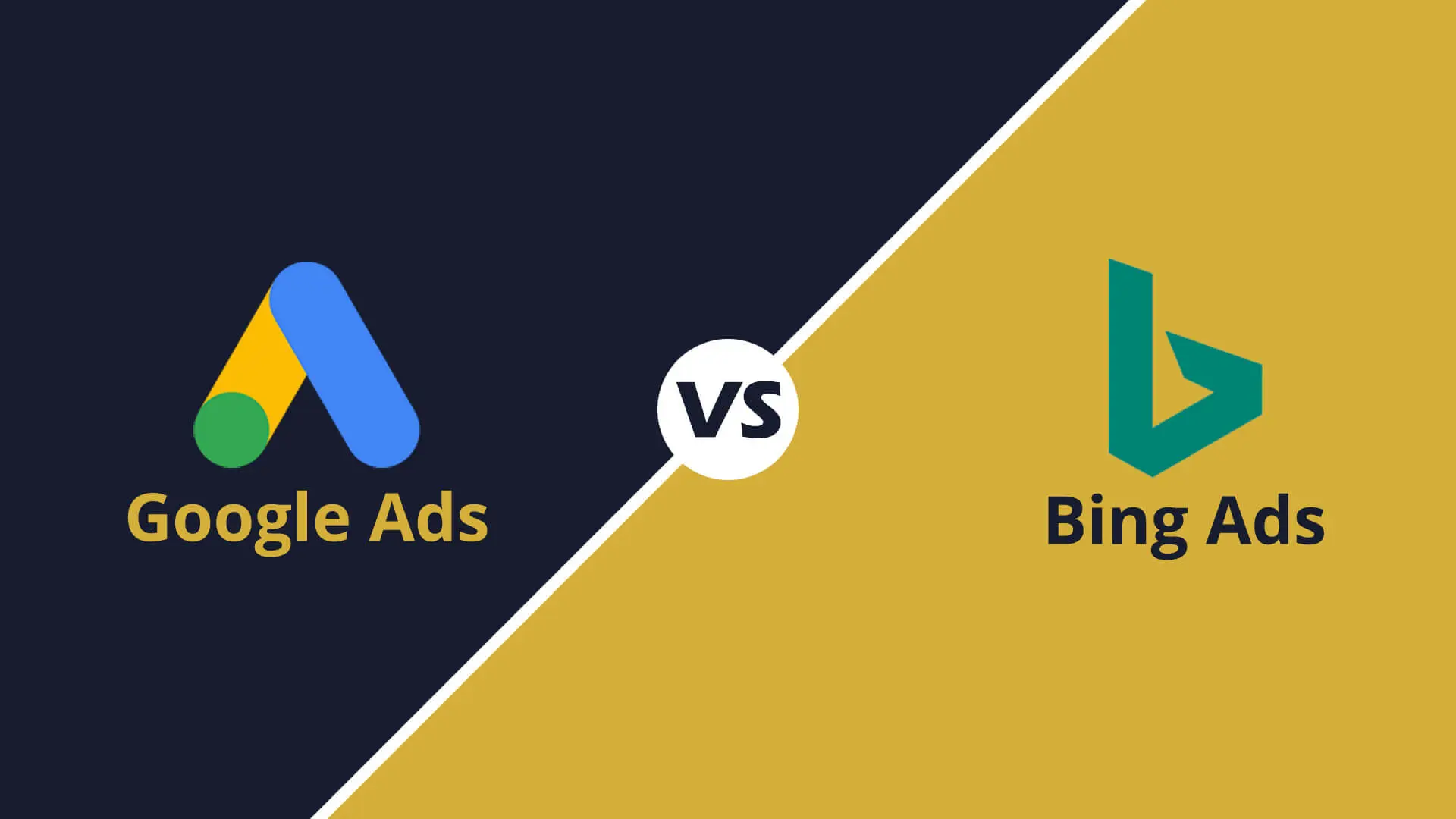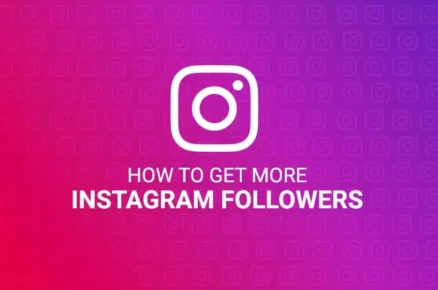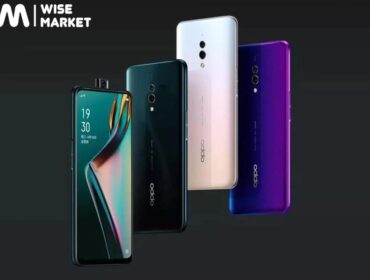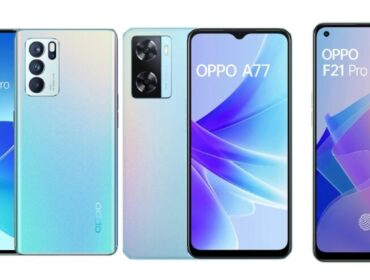Bing Ads vs. Google Ads: The Ultimate Showdown for 2024
In digital advertising, Bing Ads and Google Ads stand as the titans, offering unique advantages and strategies to businesses seeking online visibility and customer engagement. As we navigate through 2024, understanding the nuances and capabilities of these platforms is essential for marketers and businesses alike. Explore the key differences, strengths, and strategies of advertising on Bing & Google to help you make informed decisions about your digital advertising campaigns.
Understanding Bing Ads and Google Ads
Bing Ads and Google Ads are two of the most prominent online advertising platforms, allowing businesses to reach millions of users through targeted advertisements. While Google Ads dominates the search engine market with its vast reach and sophisticated targeting options. Bing Ads provides a valuable alternative, particularly for niche audiences and demographics. Both Bing Ads and Google Ads have their strengths and cater to different demographics and user behaviors, which gives advertisers more options to tailor their strategies based on their target audience’s preferences. It’s exciting to see how these platforms continue to evolve and provide innovative solutions for businesses looking to maximize their online presence and impact.
Comparing Reach and Audience
As the world’s most popular search engine, Google boasts unparalleled reach and user engagement. With billions of daily searches, Google Ads offers advertisers access to a vast and diverse audience across various demographics and regions. On the other hand, Bing, while having a smaller market share compared to Google, still captures a significant portion of the search engine market, particularly among older demographics and users in certain industries.
Keyword Targeting and Cost
When keyword targeting and cost, Google Ads tends to have higher competition and cost-per-click (CPC) rates compared to Bing Ads. However, Bing Ads often offers lower CPC rates and less competition, making it an attractive option for businesses operating on tighter budgets or targeting specific niche markets. Additionally, Bing Ads provides robust keyword targeting options and allows advertisers to import campaigns directly from Google Ads, simplifying the transition process.
Ad Formats and Placement
Both Bing Ads and Google Ads offer a variety of ad formats, including text ads, display ads, and shopping ads, allowing advertisers to choose the format that best suits their campaign objectives. With its extensive display network and YouTube advertising options, Google Ads provides advertisers with unparalleled brand visibility and engagement opportunities. On the other hand. Bing Ads offers unique ad placements on the Bing search engine and partner sites like Yahoo and AOL, reaching audiences beyond the Google ecosystem.
Performance Tracking and Analytics
Google Ads offers comprehensive performance tracking and analytics tools, allowing advertisers to monitor campaign performance in real-time, optimize ad spend, and effectively measure return on investment (ROI). With features like Google Analytics integration and conversion tracking, advertisers gain valuable insights into user behavior and campaign effectiveness. Similarly, Bing Ads provides robust analytics and reporting capabilities, enabling advertisers to track key performance metrics and make data-driven decisions to improve campaign performance.
Strategies for Success
To maximize the effectiveness of your digital advertising campaigns on both Bing Ads and Google Ads, consider the following strategies:
- Conduct thorough keyword research to identify relevant search terms and target audience segments.
- Create compelling ad copy and engaging visual assets to capture user attention and drive clicks.
- To reach specific audience segments, utilize advanced targeting options, such as demographic targeting and remarketing.
- A/B test ad creatives and messaging to optimize campaign performance and improve conversion rates.
- Regularly monitor campaign metrics and adjust bidding strategies and targeting parameters to align with campaign objectives.
**Bing Ads vs. Google Ads: Targeting and Audience Segmentation**
Effective targeting and audience segmentation are crucial aspects of any digital advertising campaign. Let’s explore how Bing Ads and Google Ads compare in terms of targeting options and audience segmentation capabilities:
**1. Geographic Targeting:**
*Google Ads:*
Google Ads allows advertisers to target users based on their geographic location, including countries, regions, cities, and even specific radius targeting around a location. This level of granularity enables businesses to tailor their ads to local audiences and effectively capture customers within their target markets.
*Bing Ads:*
Similarly, Bing Ads offers robust geographic targeting options, allowing advertisers to refine their targeting based on location, including countries, states, cities, and zip codes. With Bing Ads, businesses can reach local audiences and optimize their campaigns to target specific regions or areas of interest.
**2. Demographic Targeting:**
*Google Ads:*
Google Ads provides advanced demographic targeting options, including age, gender, parental status, and household income. Advertisers can segment their audience based on demographic attributes to ensure their ads resonate with specific demographic groups and align with their marketing objectives.
*Bing Ads:*
Bing Ads also offers demographic targeting features, allowing advertisers to refine their audience based on age, gender, and other demographic criteria. By leveraging demographic targeting, businesses can tailor their ads to appeal to different audience segments and improve campaign relevance.
**3. Device Targeting:**
*Google Ads:*
Google Ads offers device targeting options, allowing advertisers to optimize their campaigns for different devices, including desktops, mobile devices, and tablets. Advertisers can adjust their bidding strategies and ad creatives based on the device preferences of their target audience.
*Bing Ads:*
Similarly, Bing Ads enables device targeting, allowing advertisers to tailor their campaigns for specific devices. Whether targeting users on desktops, tablets, or mobile devices. Bing Ads allows businesses to optimize their ads for the device preferences of their audience.
Conclusion: Making Informed Decisions with Topseos
The choice between Bing Ads and Google Ads depends on your business goals, target audience, and budget constraints. While Google Ads offers unparalleled reach and targeting options. Bing Ads provides a cost-effective alternative with unique audience demographics and targeting capabilities. By understanding the strengths and nuances of each platform. Businesses can develop comprehensive digital advertising strategies that drive results and achieve their marketing objectives.
For expert guidance and assistance in navigating the complexities of digital advertising, consider partnering with the best digital marketing agencies recommended by Topseos. With their expertise and industry insights, top digital marketing agencies can help you harness the full potential of Bing Ads. Google Ads, and other digital marketing channels to elevate your brand and drive business growth in 2024 and beyond.











